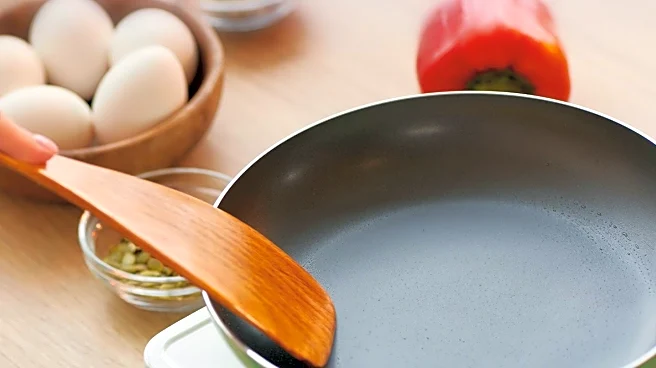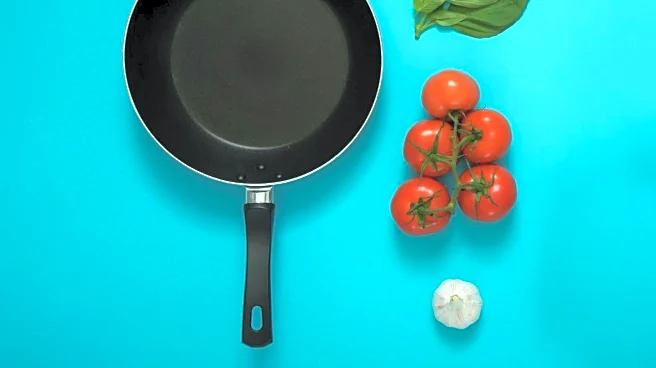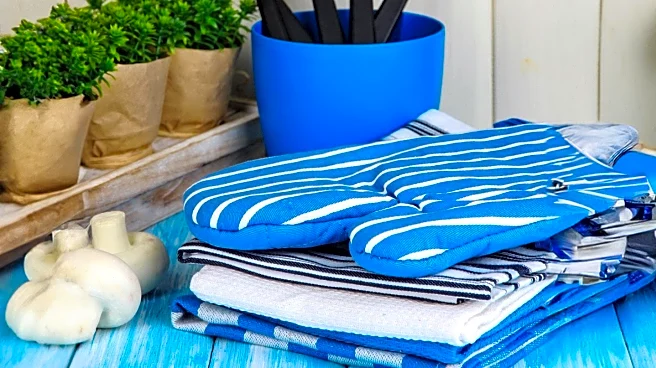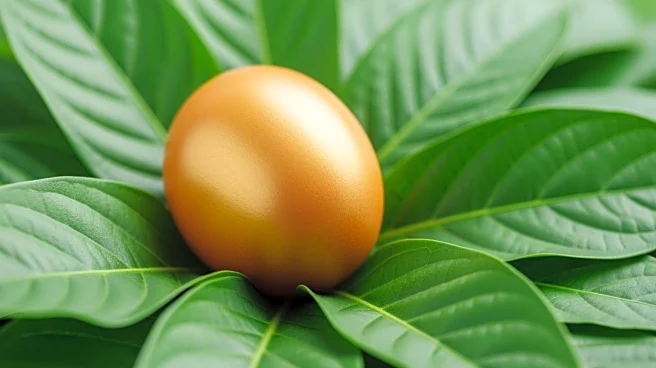What's Happening?
Chef Richard LaMarita from the Institute of Culinary Education in New York City has outlined several foods that should not be cooked in nonstick pans. These include most meats and fish, vegetables, foods requiring
caramelization, acidic foods, and dishes requiring constant stirring. Nonstick pans are designed for low to medium temperatures and cannot achieve the high heat necessary for proper browning and caramelization, which are essential for flavor development. Additionally, acidic foods can corrode the nonstick surface over time, and constant stirring can wear down the coating, reducing the pan's lifespan.
Why It's Important?
Understanding the limitations of nonstick cookware is crucial for both home cooks and professional chefs to ensure optimal cooking results and maintain the longevity of their kitchen equipment. Using nonstick pans for inappropriate foods can lead to disappointing culinary outcomes and potential health risks from degraded coatings. This knowledge encourages the use of alternative cookware like stainless steel or cast iron for certain dishes, which can enhance flavor and texture.
What's Next?
Home cooks and culinary professionals may need to reassess their cookware choices and invest in a variety of pans suited to different cooking techniques. This shift could lead to improved cooking results and a better understanding of the science behind cooking methods. Additionally, manufacturers might innovate to create more versatile nonstick options that can withstand higher temperatures and resist corrosion.
Beyond the Headlines
The advice against using nonstick pans for certain foods underscores the importance of understanding the chemistry and physics of cooking. This could lead to increased interest in culinary education and the science of cooking, promoting more informed and skilled cooking practices.











